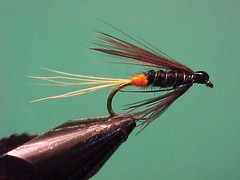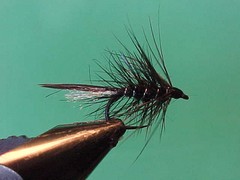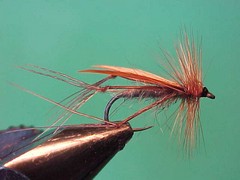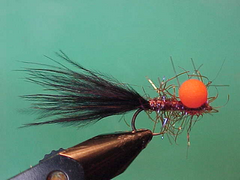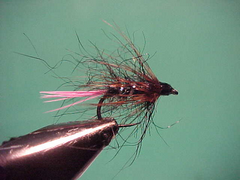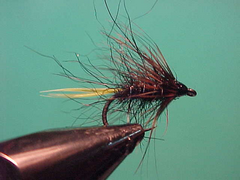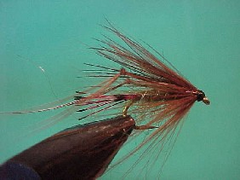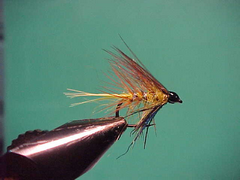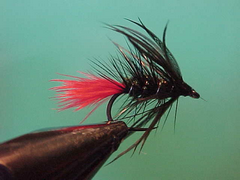Connemara variant
It was the summer of 2000 that I first became involved on English style Loch Style fly fishing and slowly I accumulated an arsenal of techniques and flies. I really enjoy tying flies and so as I have seen various patterns I have tied them and tried them. Most have been discarded and just a few have won a place in my Loch Style fly box – this is one of them.

